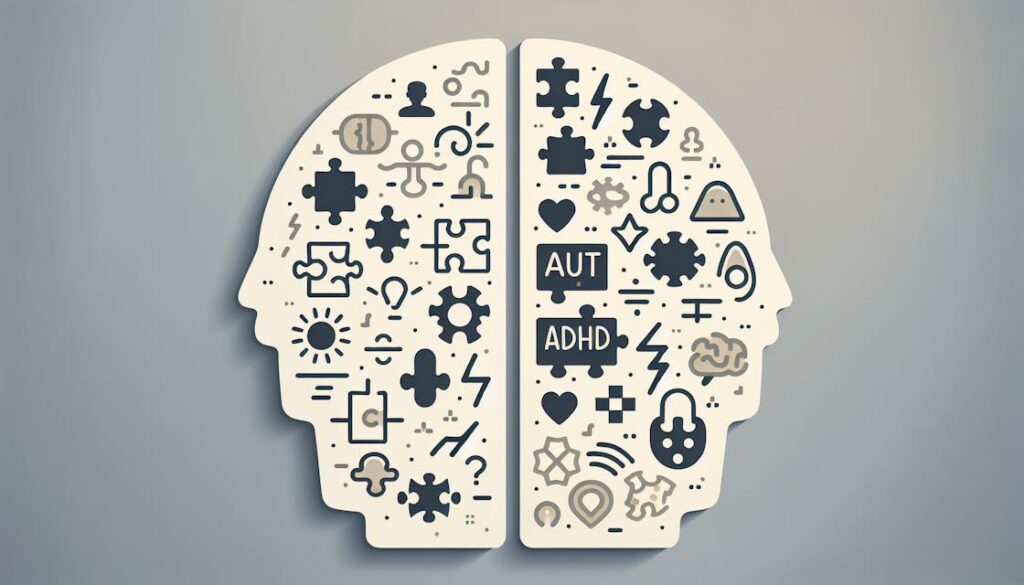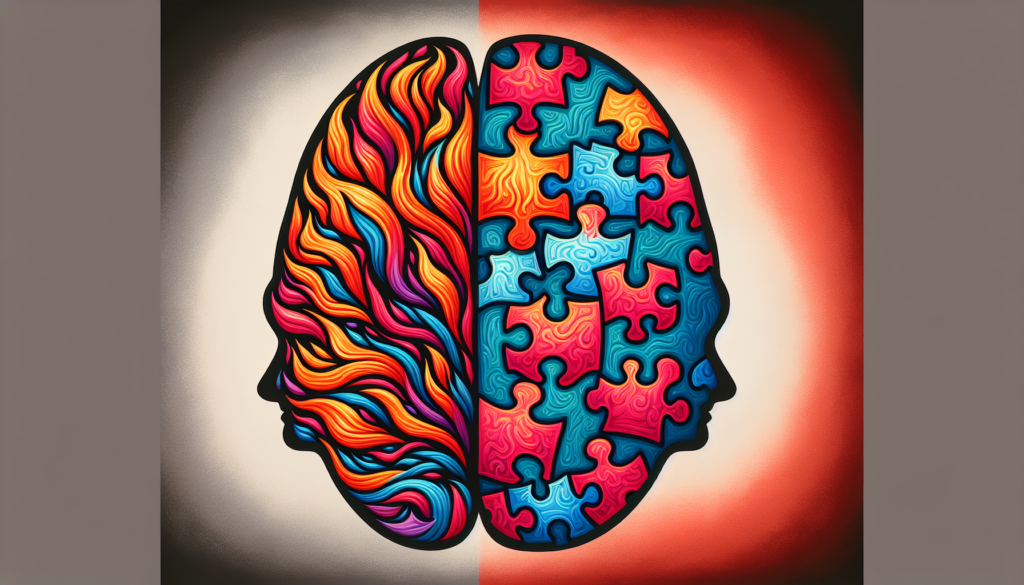Empowering The Autism Community
ABA Resource Hub
Explore our ABA learning hub for insights and resources to help you achieve your goals.
How-To Videos
Step-by-step guides to help you navigate ABA therapy techniques and strategies.
Printable Teaching Aids
Easy-to-use worksheets, visual aids, tools, and templates to support your child’s learning at home.
Press
Stay up to date with the latest from Brighter Strides ABA.
Blog
Explore articles offering expert advice, tips, and insights on autism and ABA therapy.
Company Updates
Discover our latest initiatives and achievements, media coverage, and more.
Resource Downloads
Download our free parents and caregivers e-books, how-to guides, and more.

- Brighter Strides ABA
Elopement and Autism: A Parent’s Guide to Safety, Prevention, and Support
You're at the grocery store, comparing cereal boxes for just a moment, when you turn around to find an empty space where your child was standing. That split second of panic, the racing heart, the immediate mental checklist of where they could have gone—it's a reality many parents of autistic children know all too well. This behavior, known as elopement or "wandering," is often referred to in discussions of eloping autism, and it can be an overwhelming challenge that families face.
Research shows that nearly half of autistic children have eloped at least once after age 4, making elopement in autism a widespread concern that deserves our attention and understanding. If you're reading this, you're not alone in navigating these fears and uncertainties. We’re here to help you understand why elopement happens, what to do when it occurs, how to create effective prevention and intervention strategies, and where you can find the support you need.






























